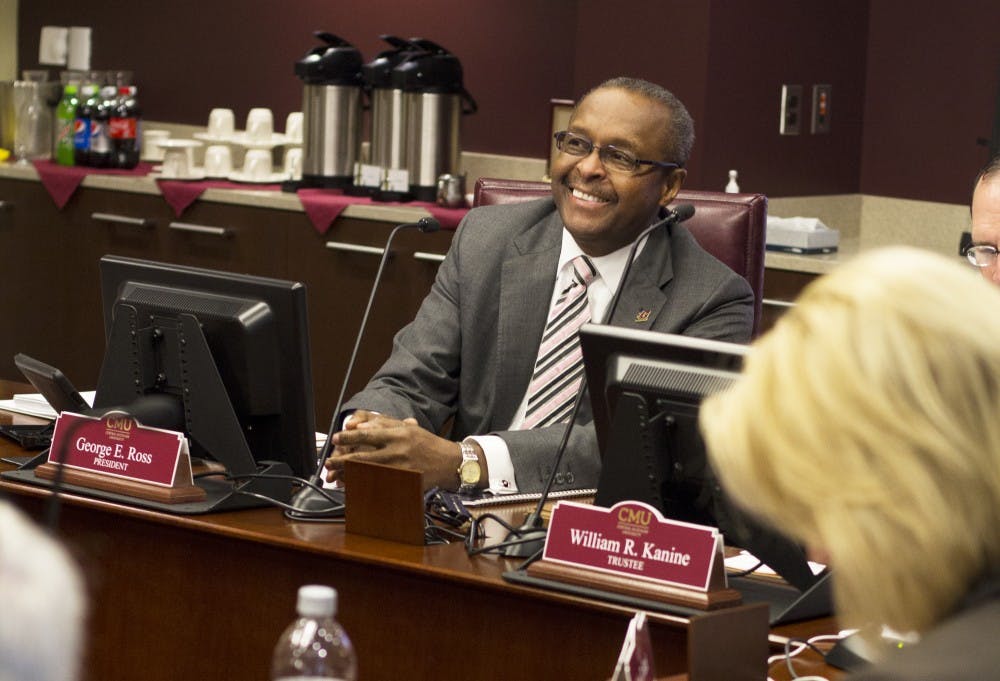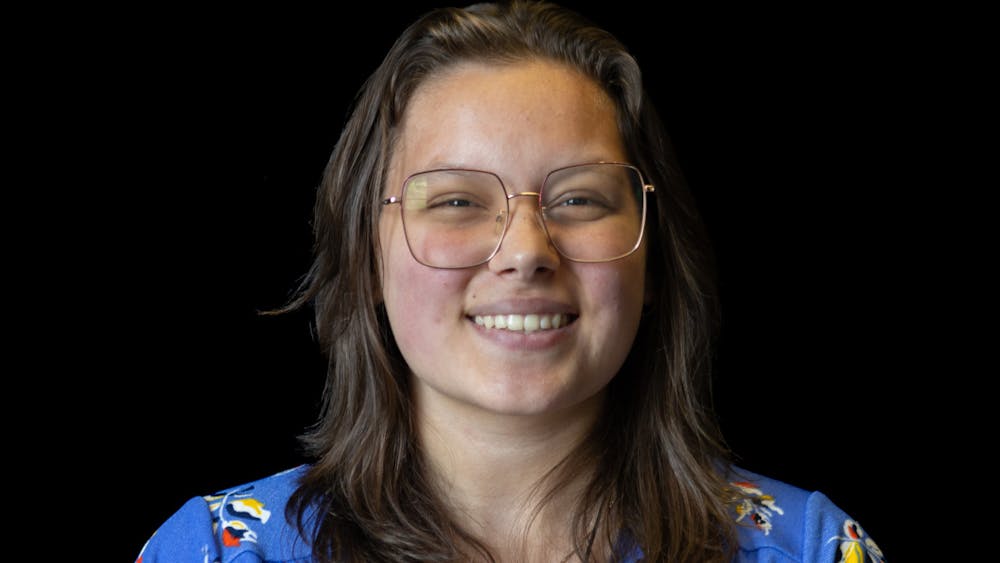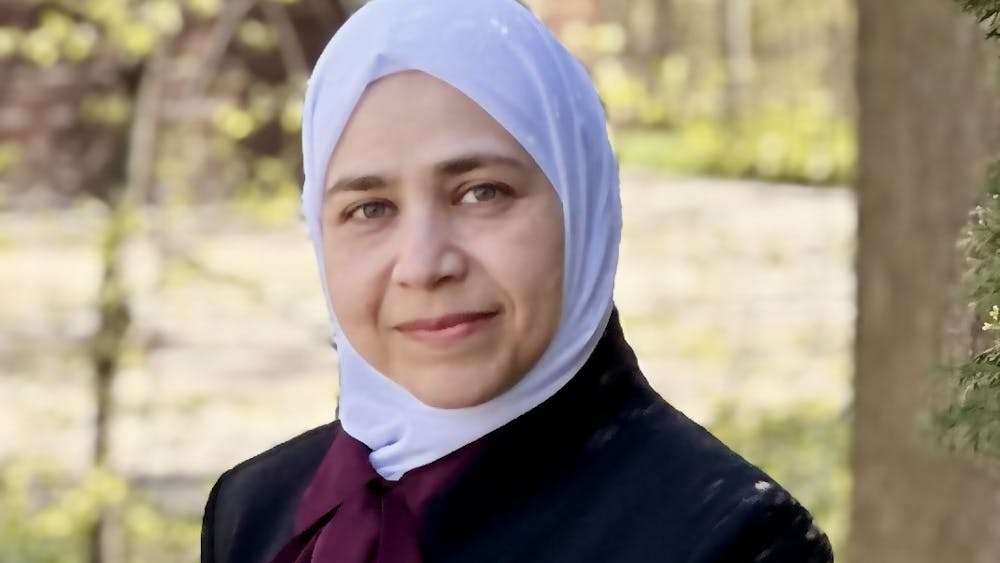Ross updates university on strategic plan progress, new goals

Overall, Central Michigan University was successful in surpassing its year-end goals for total student credit hours, available research square footage and the percent of faculty engaged in research, according to a report given by President George Ross given at last week's Board of Trustees meeting.
Ross' report focused on university priorities and initiatives for 2013-14 fiscal year, as well as his five-year future outlook for the university. The year-end strategic plan outlined metrics for five priorities aimed at continuing to improve overall academic opportunities for students and foster their personal and intellectual growth.
Each year, trustees approved goals set by the Strategic Planning Committee, which are made up of five university priorities, 16 initiatives and 26 metrics. He added the metrics are implemented to get the CMU leadership on the same page and moving in the same direction.
CMU was also successful in meeting their goals in initiatives to invest in recruitment, development and retention of its faculty and staff. Ross said he was excited to report the university hired its first-choice finalists 87 percent of the time for faculty positions and 91 percent for staff positions, historically CMU hires 77 percent of first-choice faculty candidates and 80 percent for faculty.
"We often talk about CMU being first-choice for students, this speaks to us being first-choice for top notch faculty," Ross said.
Faculty and staff said CMU rated CMU as a good place to work 88 percent of the time this year, two points higher than the five-year goal.
"I think what we have done here is very very good," said Trustee Tricia Keith.
The results for four-year graduation rates, 20.6 percent, and six-year graduation rates, 59.5 percent, were higher than the goals set at the beginning of 2013. However they are still behind benchmarks to increase four-year graduation rate of fall first-time students to 25 percent and six-year graduation rate to 63 percent by 2019.
Keith said it will be a challenge to adjust the five-year goals on categories that have already been exceeded.
Ross agreed that its important to "never go backwards." He said the process will become more refined as the university becomes more experienced with it.
Trustees also presented awards for research and sponsored programs for the fourth quarter of the last fiscal year. Totaling, $1.98 million, the fourth quarter accounts for 14 percent of the $13.75 million total .External funding to research and creative endeavors dropped down $1.2 million from the university's goal.
This is the lowest amount since the 2008-09 fiscal year, and down around $7 million from the 2010-11 total.
Among the highest earning colleges were the College of Science and Technology, $6.66 million, Education and Human Services, $2.42 million and Humanities and Social and Behavioral Sciences, $1.14 million.
CST far surpassed the award dollars of the other academic colleges, bringing in slightly over $1 million. The next closest colleges were HSBS, $270,115, EHS, $232,649 and Health Professions, $195,480.
The remaining colleges are as follows: Business Administration, $170,000, Medicine, $89,489 and CCFA, $1,485.
"I think we need a little more experience with these (initiatives) and tying it to each college and at the departmental level," Ross said.




